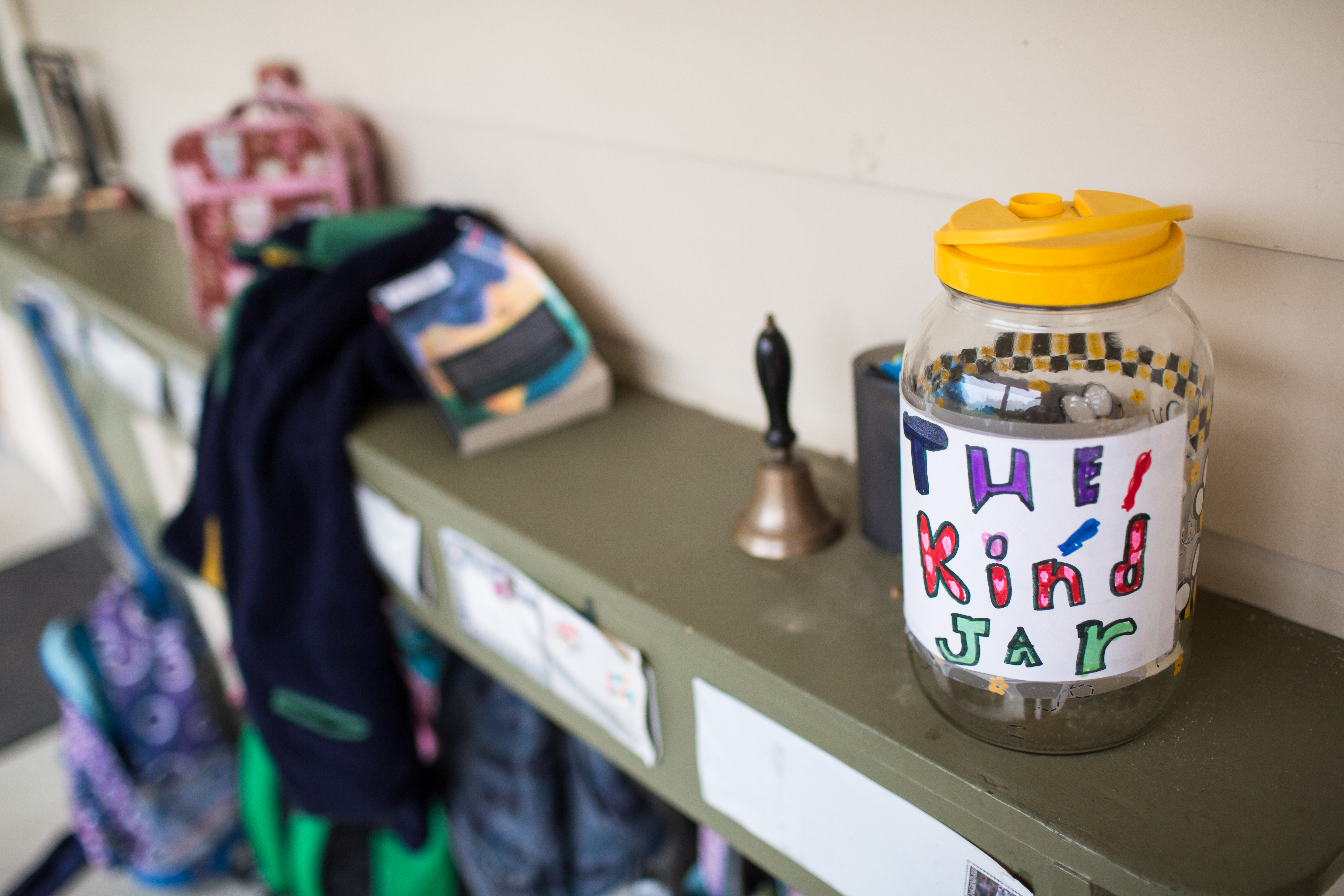At Hillbrook, in order for us to be kind, be curious, take risks, and be our best, we need to build and sustain a connected community. Truly connected communities can differ greatly from one another in what they value and how they address conflict and mistakes, but we do know that what communities that thrive have in common is a healthy culture of empathy. At Hillbrook we have been using this brief three minute video by Brené Brown with faculty and the Inclusivity Task Force to clarify and discuss what empathy is and why it matters for our community. As Brown describes it, “Empathy fuels connection…it is a choice and it is a vulnerable choice…it is feeling with people.” In her talk, she points to four qualities that define empathy: perspective taking, staying out of judgment, recognizing emotions in others, and communicating your recognition. These are things we value developing and nurturing in our students and in ourselves as adults at our school because we know that connected communities are inclusive and best prepared to make a difference in the world.
One of our key initiatives in Vision 2020 is to create an increasingly diverse and inclusive community, with a focus on providing an educational program that prepares students to be leaders in an ever more diverse and connected world. Strengthening the “empathy muscle” of our faculty, students, and parents will be one of the keys to the short and long term success of this initiative. So, what does that empathy-building experience look like for students and faculty?
Empathy work and our faculty
Work with our faculty this year has largely taken place outside of the classroom, allowing teachers and staff to connect as colleagues. This year we brought a SEED group to Hillbrook School. SEED stands for Seeking Educational Equity and Diversity, and has been in existence nationally for the past thirty years. Hillbrook’s SEED group is a gathering of faculty and staff who have chosen to spend dedicated time monthly talking about issues of diversity and social justice. Through the sharing of personal stories, a deep analysis of the system of oppression, and the provision of a space for faculty and staff to truly listen to each other, empathy for one another’s experience continues to grow. In a recent faculty meeting, we spent time looking at the emotional impact of this election in our professional and personal lives. During this election cycle, the absence of empathy has resulted in disconnection and division, which has an impact no matter your beliefs or perspectives. In the meeting, faculty were asked to assess their own emotions surrounding the election both at home and work and speak to a faculty member who felt similarly, as well as observe and listen to those who felt differently. As Brené Brown points out in her talk, awareness of the emotional lives and responses of others is a key doorway to empathy and connection. When we see that that other’s experiences can be both different and similar from our own, we can build awareness and strengthen our community’s ability to move through challenges.
Empathy work and our students
Empathy work with students has been centered around giving them an opportunity to take a closer look at familiar traditions and activities and then looking outside of themselves to consider how it may impact others. In 8th grade history, the 8th graders did a project on cultural appropriation and Halloween costumes. Cultural appropriation is when somebody adopts aspects of a culture that is not their own without understanding the historical and cultural significance of what they are adopting. Students were asked to visit a Halloween costume store and find five examples of cultural appropriation within the costumes and explain what culture was being appropriated and why this would be seen as offensive or hurtful to the members of that cultural group. After turning the assignment in, the class discussion was incredibly reflective about the process of deeply looking at the costumes available and their own costume selection throughout their early childhood.
Comments included:
“I had no idea wearing a Native American costume could be hurtful until I learned all about Native American cultures and how different they were. To make all of the tribes just look like one is unfair to their history and customs,”
and,
“Halloween was always just seen as fun and I never thought about how others might feel when they saw my costume, but I know how I feel when something offends me so I don’t want my costume to hurt anyone’s feelings.”
Becoming aware of an experience different than their own truly allowed the 8th graders to develop their “empathy muscle” and start to look more critically and compassionately at the world around them.
We invite you to learn more about this work by joining us Monday, November 7, just after Flag for a school-wide Learning in Conversation to explore the question How do diversity and inclusivity impact my child’s learning?
We look forward to sharing research with you about the value of diversity, as well as resources for addressing children’s questions and teaching empathy at home. Together we can choose empathy instead of judgment, we can choose connection instead of division, and in so doing model for our students the difficult but rewarding work of living our core values.
